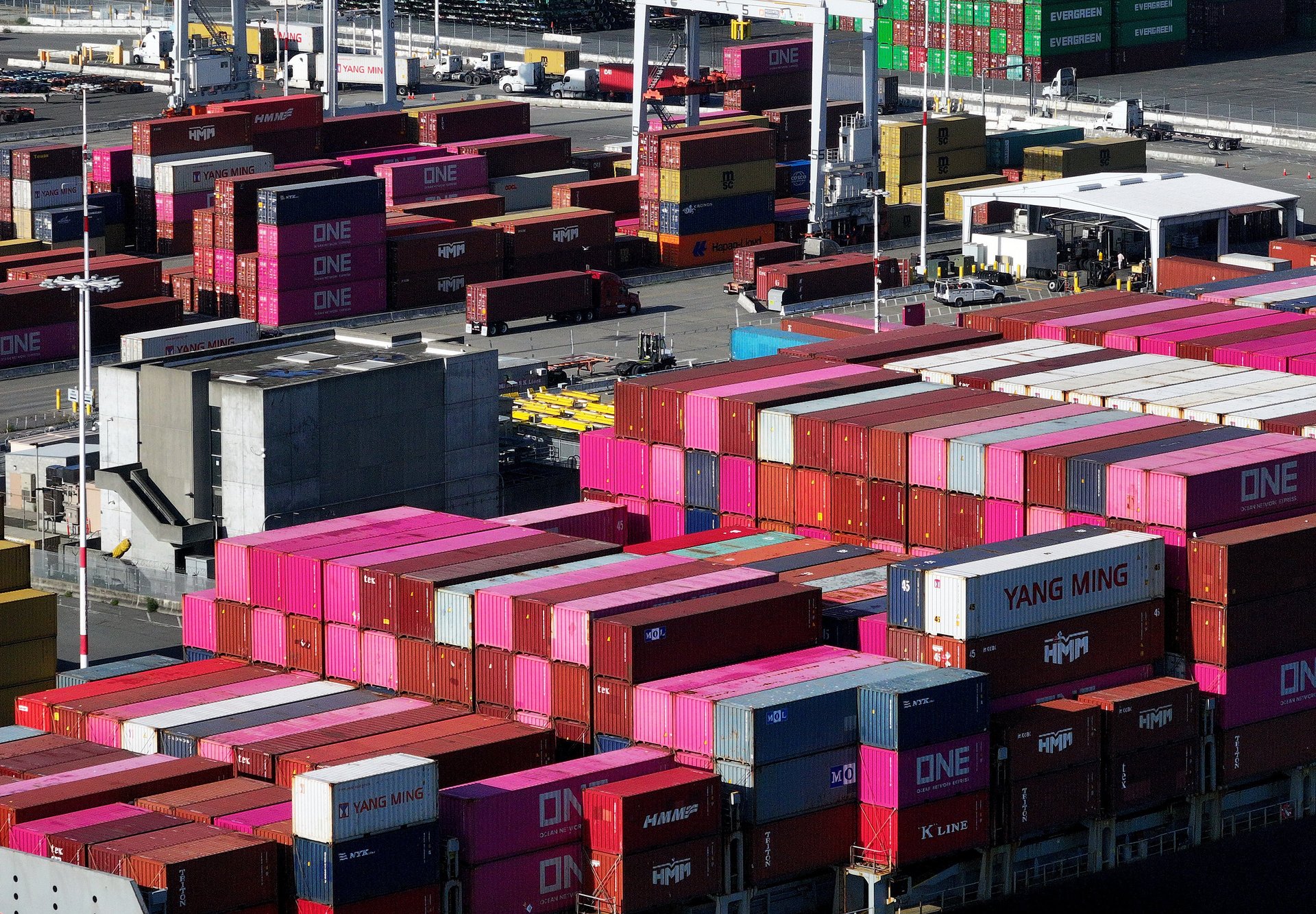The trade war is making America more reliant on foreign goods, not less — at least for now
The trade gap doubles as fresh data shows the short-term effect of tariffs: a bigger trade deficit and deeper import dependence

The U.S. trade deficit widened more than expected in March, rising to $140.5 billion — a 14% jump from February’s revised $123.2 billion, according to new data released Tuesday by the Census Bureau and Bureau of Economic Analysis.
Suggested Reading
Economists had forecast a shortfall of $137.6 billion, but imports surged, driving the deficit sharply higher —and revealing a key unintended consequence of rising trade tensions.
Related Content
What’s behind the import spike?
Imports climbed 4.4% to $419 billion, led by a $22.5 billion jump in consumer goods, including a steep $20.9 billion increase in pharmaceutical imports. That surge likely reflects stockpiling ahead of expected tariff hikes, especially on high-cost, globally sourced drugs. Even modest volumes of cutting-edge medicines can push totals higher, particularly when companies rush to secure supply.
Automotive and capital goods imports also rose, a sign that businesses appear to be bracing for future disruptions.
The takeaway? In theory at least, Trump’s trade war aims to reduce foreign reliance, but in practice, it’s prompting an import boom.
Meanwhile exports have barely budged
The data also showed exports rising just 0.2% to $278.5 billion. Gains in natural gas and autos were offset by declines in capital goods and aircraft. Sluggish global demand and shifting production cycles appear to be weighing on those outbound volumes.
The goods deficit widened by $16.5 billion to $163.5 billion, while the services surplus shrank to $23 billion. Year-to-date, the total trade gap is up nearly 93% from the same period in 2024.
The takeaway? The U.S. trade gap has nearly doubled this year — driven in large part by businesses racing to import goods before new tariffs hit, and an export slump hitting nearly every sector.
New supply chain data underscores the broader fallout
According to trade tracker Vizion, U.S. export activity has slumped across nearly all product categories since early 2025, with agriculture hit especially hard. Ports from Oregon to Savannah are reporting double-digit drops in outbound container traffic, and arrivals from Asia plunged 43% in late April.
Freight executives now liken the disruption to early COVID-era chaos, as businesses cancel orders, shift sourcing, and scramble to navigate rising costs.
The data lands just as the Federal Reserve opens a critical two-day meeting. While rates are expected to stay put, Chair Jerome Powell’s Wednesday remarks will be scrutinized for how the Fed weighs tariff-driven inflation risks and a slowing global economy.
Ford and Mattel become latest to yank forecasts
On Monday, Ford (F) posted Q1 revenue of $40.7 billion and adjusted EBIT of $1.0 billion, but yanked its full-year guidance, unsurprisingly attributing the move to deepening uncertainty over tariffs and global regulations. The company now expects a $1.5 billion hit to adjusted EBIT this year.
Mattel (MAT), another broadly exposed company, likewise beat expectations — with Q1 revenue up 2% to $827 million — but joined Ford in scrapping its 2025 forecast. The toymaker flagged up to $270 million in tariff-related costs and said it will raise prices, shift supply chains, and cost cuts to blunt the impact.